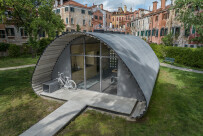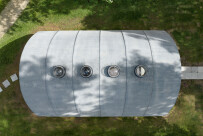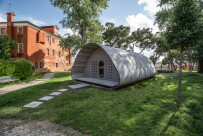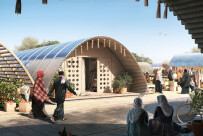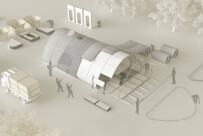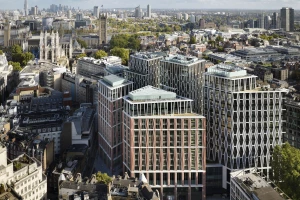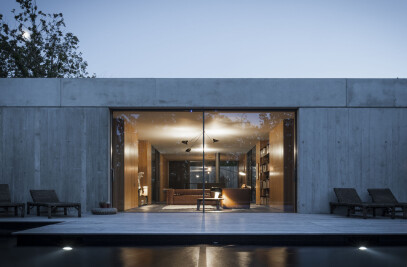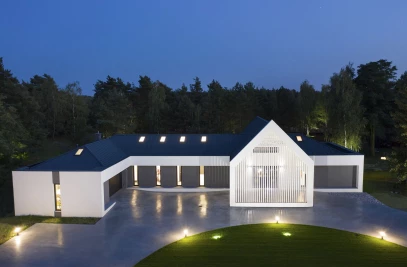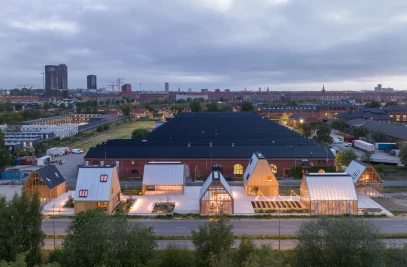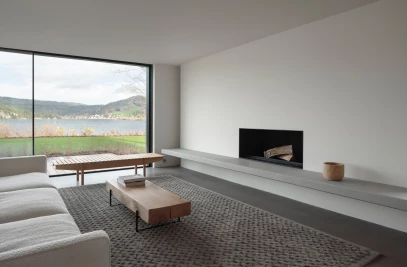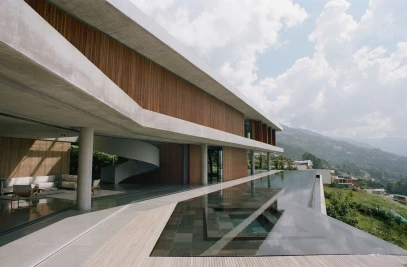On the occasion of the 18th Biennale of Architecture in Venice, Holcim and Norman Foster Foundation inaugurate the Essential Homes Research Project. The housing concept was designed by Norman Foster for displaced communities who are used to living in temporary settlements for years, providing the necessary needs of safety, comfort, and well-being.
Norman Foster, President Norman Foster Foundation, quotes “How can we ensure everyone, including some of our world’s most vulnerable populations, can have access to decent living conditions? During the Venice Biennale we show our work-in-progress on this idea; the outcome of a few months of intensive activity in collaboration with Holcim.”
Holcim executed the housing prototype with an array of sustainable building solutions, making it energy efficient, low carbon and circular, illustrating the possibility of a sustainable model for all.
Designed for people displaced due to natural or manmade disasters, the homes can be built on site to speed up the construction process while offering a durable alternative to temporary shelters. The designed prototype is extremely sustainable and emits 70% less CO2 than conventional buildings. It is low-carbon, energy-efficient, and circular, incorporating a variety of Holcim sustainable building solutions.
In terms of materiality and functionality, the Essential Home comprises several components like the use of low-carbon rollable concrete sheets, which serve as an external shell and provide physical safety.
To connect the homes, permeable pathways are constructed using ECOPact low-carbon concrete. These pathways not only facilitate movement but also incorporate light-absorbing aggregates. These aggregates reflect natural light at night, minimizing energy use and light pollution.
To ensure thermal comfort within the homes, energy-efficient insulation systems are employed. These systems utilize Elevate boards and low-carbon Airium foam, which provide effective insulation while minimizing energy consumption. Additionally, Holcim’s ECOCycle® program promotes circular construction practices. This program involves the use of recycled construction demolition materials to create a weather-resilient base for the Essential Home.
Jan Jenisch, Chairman & CEO, Holcim share, “I am very excited about the potential for impact coming out of this collaboration. It enables essential homes that are built with some of our low carbon, energy-efficient and circular building solutions, showcasing how sustainable building can be possible for all.”
The Essential Home is also designed with modularity in mind. At the end of its useful life, each component of the home can be easily disassembled and either reused or recycled. Therefore, to create a future that benefits both people and the environment, the Essential Homes Research Project initiates a fundamental discussion about making sustainable buildings accessible to everyone.













